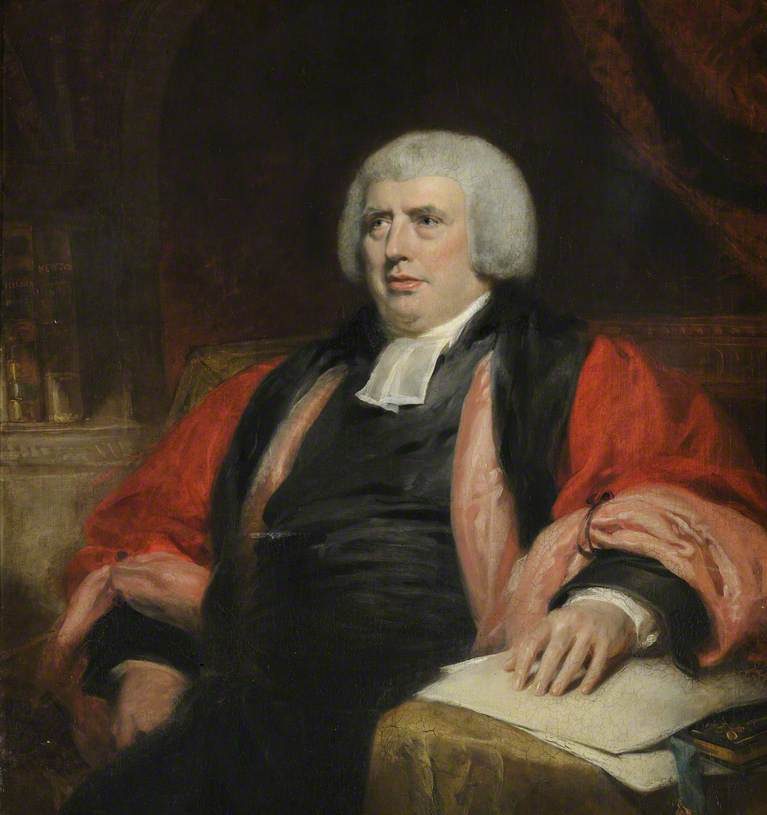Exploring the world of art, history, science and literature. Through Religion

Welcome to TreasureQuest!
Look through the treasures and answer the questions. You’ll collect jewels and for each level reached, earn certificates.
How far will you go?
You need an adult’s permission to join. Or play the game without joining, but you’ll not be able to save your progress.






Are there links to current religious practices or a modern equivalent?
Milner was a significant figure in two fields and became the Lucasian Professor of Mathematics in Cambridge, (the chair that has subsequently been held by Stephen Hawking, amongst others).

Where is it from, where is it now?

Podcasts
Radio 4 In Our Time – The Age of Doubt
Melvyn Bragg examines the spread of religious doubt over the last three centuries.
Radio 4 In Our Time – Wilberforce
In an unusual edition of In Our Time, marking the 1807 Abolition of the Slave Trade, Melvyn Bragg leaves the studio to examine the life of William Wilberforce.










 Faculty of Divinity
Faculty of Divinity